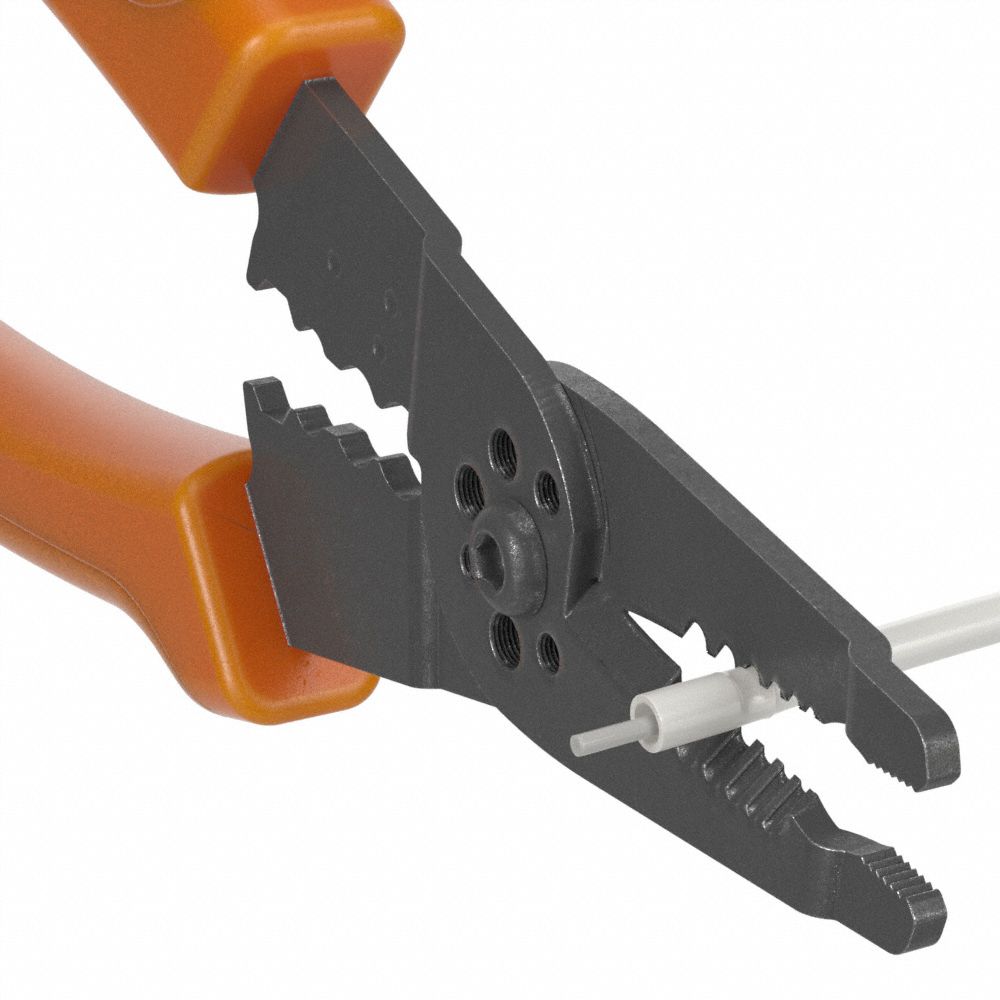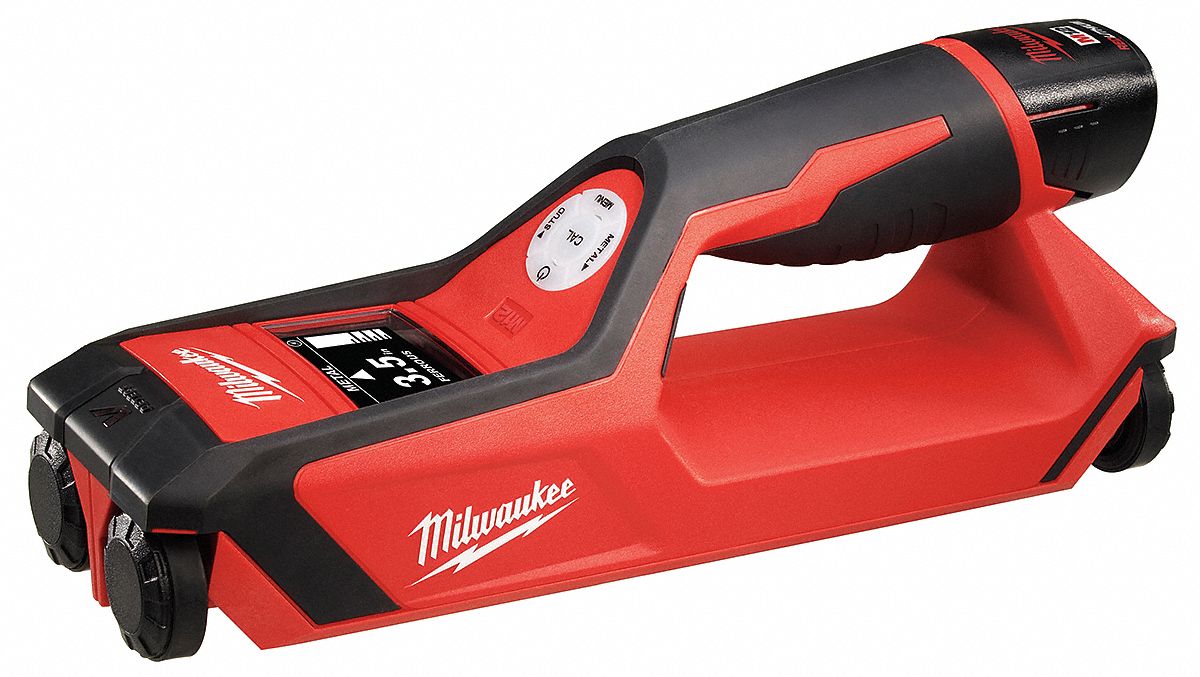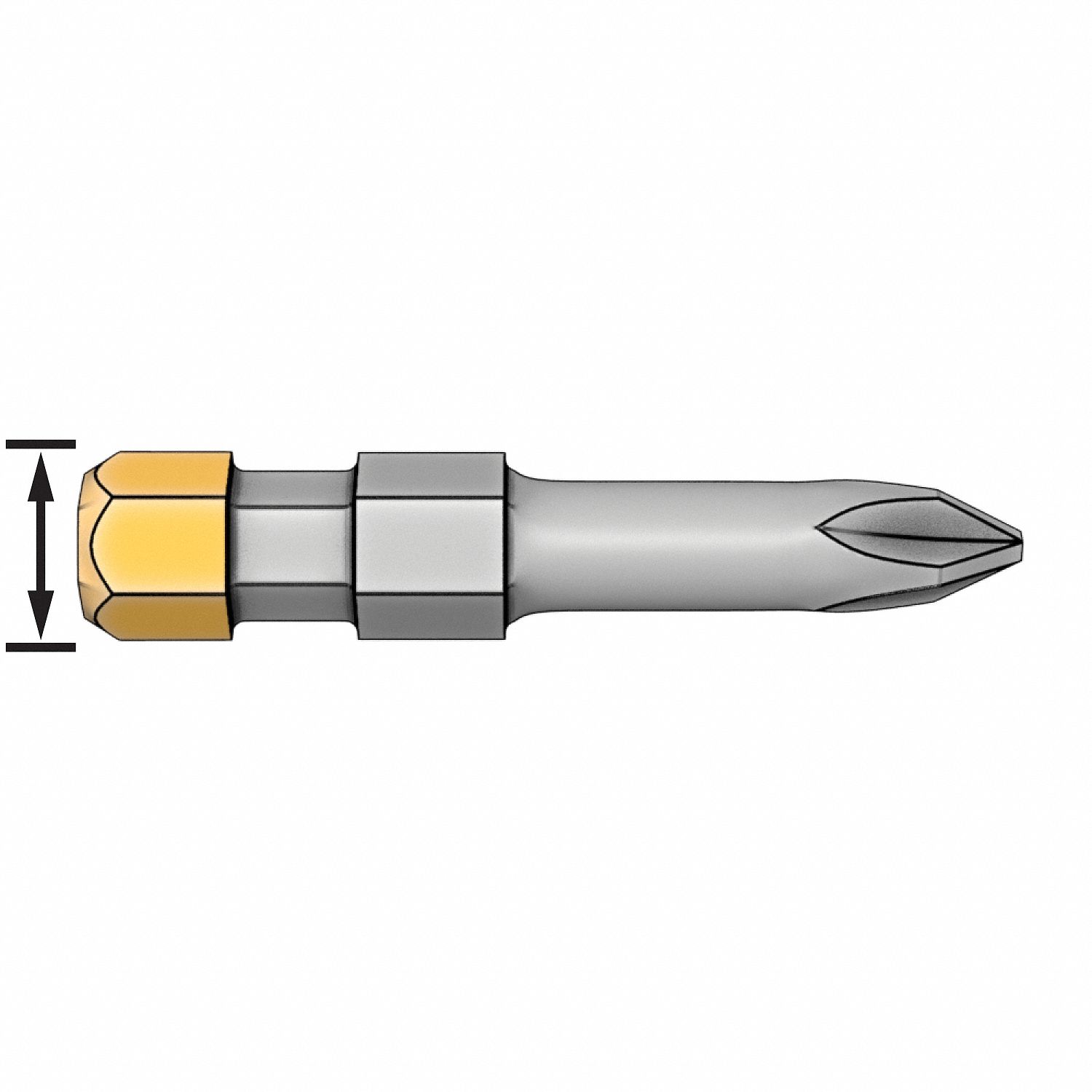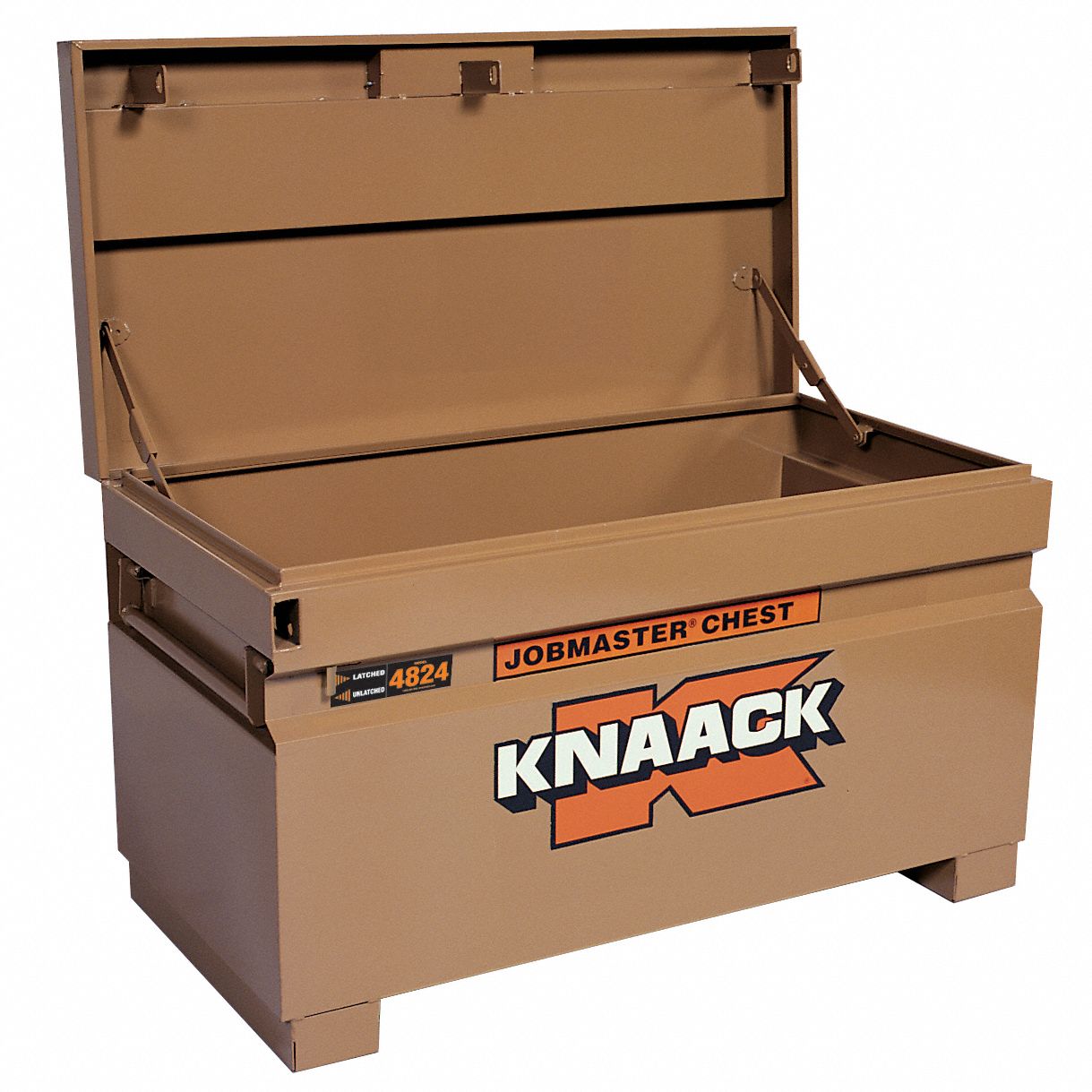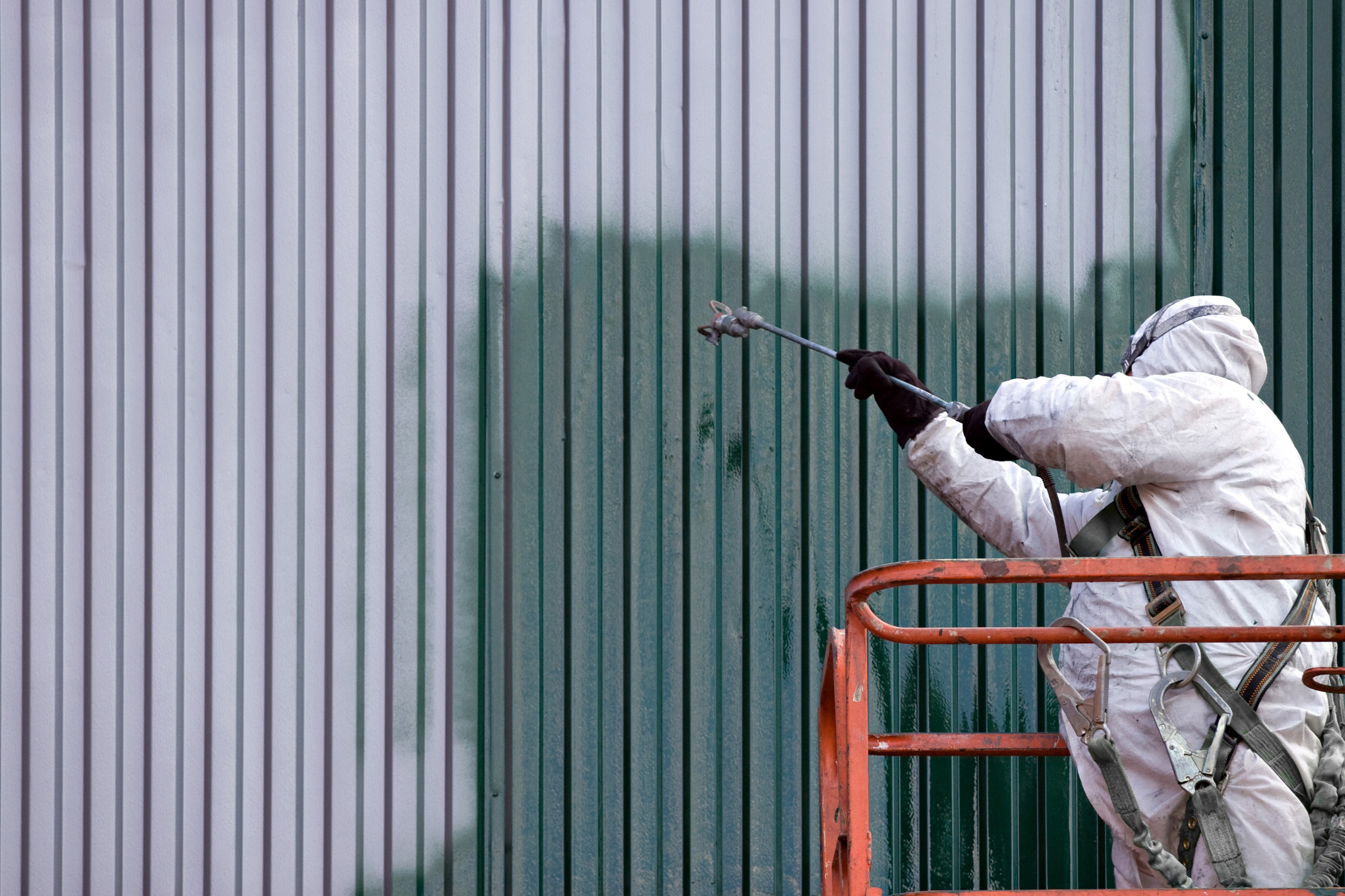

A Primer on Industrial Paint and Stains
By Grainger Editorial Staff 6/24/20


Paints and stains can increase the lifespan of your facility and protect against wear and tear. Choosing the right paints and stains, whether indoors or outdoors, can reduce maintenance costs and lead to energy savings.
Interior paints and coatings for facilities are designed to hold up to abuse from equipment and constant cleaning, and bring a finished look to rooms. Exterior coatings and stains fight weather, rot and rust, preserving building investments. Finding the right paint, stain or seal for your facility comes down to the location, the look and the material. Get to know the properties of the most common types so you can be sure to choose the right one for the job.
Industrial Interior Paints and Coatings
Walls and ceilings need paint and primer to hold up to everyday wear and tear and the unique conditions in some facilities. Selecting the right paint can create a durable, attractive space, even if constant cleaning and sanitation are required.
Walls and Ceilings: Facilities often have a mix of interior wall and ceiling materials, including drywall, steel and brick. Each material demands a unique approach to painting to adequately seal and prepare the surface while offering the right mix of looks, longevity and durability.
Choosing the best material and sheen for your facility typically comes down to budget and maintenance. Surfaces must first be primed, which not only provides a material for paint to stick to, but also fills in holes and imperfections that can grow bacteria or impact appearance. When preparing brick surfaces, primers must be able to fully fill small holes in the brick surfaces to reduce the risk of bacteria growth on walls.
After primer, most walls are covered with a latex-based semi-gloss or gloss paint. Latex paints easily adhere to walls, reducing time spent painting and drying walls and ceilings.
Specialized Surfaces: For specialized facilities that must be sanitary such as those that handle food, pharmaceuticals or chemicals, an epoxy-based paint may be a better choice. Epoxy paints can be pressure washed or scrubbed frequently. Epoxy paints yellow over time and may require a repaint more frequently, and can cost more than latex paints. Alkyd coatings are also a good choice for food production facilities, and are less likely to contaminate nearby food with odors. These coatings contain higher quality solvents that release fewer odor-causing compounds when applied.
Some environments, such as refrigerators or food production lines, may also need to be painted while maintaining their colder temperatures. Standard paints require warmer temperatures to air dry, and may not cure properly when applied in temperatures below 50 degrees. Epoxy paints are a better choice for these environments, because they cure using a chemical reaction in the paint and can set in much colder temperatures than normal paint.
Industrial Exterior Paints and Stains
Exterior surfaces need specialized paint designed to resist moisture, sunlight and mildew. Whether wood, brick, steel or vinyl, exterior surfaces are constantly exposed to the elements, making rot and wear a serious concern. Applying the right paints and seals and frequently inspecting for chips and rust can help prevent costly repairs.
Exterior Walls: Latex exterior paints are often a good choice for exterior siding and walls, because they can expand and contract as temperatures change and they dry quickly. Other types of paint, such as oil-based paints, can also work outside, but risk cracking as surfaces expand and contract. Exterior walls are typically coated with flat sheen paints, but trim and doors can use a semi-gloss paint.
In industrial settings, some buildings have steel walls instead of siding or brick. Steel walls require more specialized painting, both to properly adhere to the surface and to fight rust. According to Industrial Paint and Protection Magazine, painting plain steel surfaces offers benefits beyond aesthetics by protecting steel against weather and corrosion. When painting steel buildings, any existing rust must be removed with a sander and the entire surface should be pressure washed. Once the surface is clean, a wide variety of paint types can be applied, depending on your goals and environment.
Wood Surfaces: Wood surfaces outdoors tend to rot over time, due to sun damage, wear and tear or other weather conditions. Covering wood surfaces with some form of wood stain or seal can keep wood looking new for longer and limit wear. Left untreated, wood surfaces can break down fast, causing structural issues and putting people at risk. According to Popular Woodworking, wood stains and seals can be a good choice to preserve the look of wood while also providing protection against moisture and rot.
Wood stains preserve the grain of the wood and can offer some wear protection, making indoor and outdoor wood surfaces look new for longer. Wood seals feature waterproofing materials such as polyurethane that prevent water from seeping into wood. Seals can be used on any wood exposed to the elements, including decks and railings, outdoor storage sheds and doors. Seals may also be layered on top of stains, offering moisture protection, while changing the color and tone of the wood.
Whether painting and sealing indoors or outdoors, Grainger offers interior and exterior paints and stains to help you get the job done.
![]()

The information contained in this article is intended for general information purposes only and is based on information available as of the initial date of publication. No representation is made that the information or references are complete or remain current. This article is not a substitute for review of current applicable government regulations, industry standards, or other standards specific to your business and/or activities and should not be construed as legal advice or opinion. Readers with specific questions should refer to the applicable standards or consult with an attorney.


